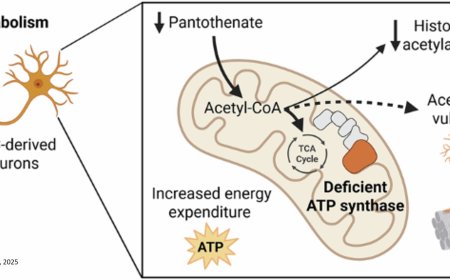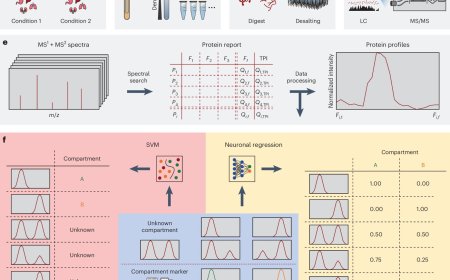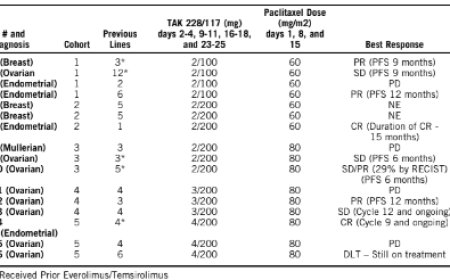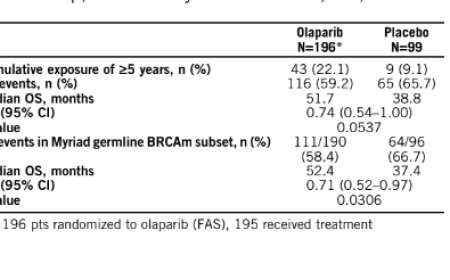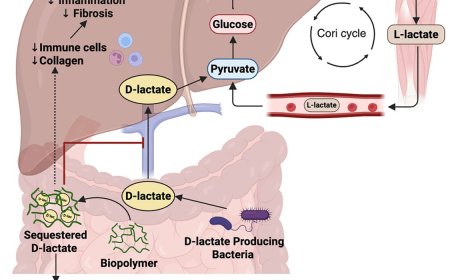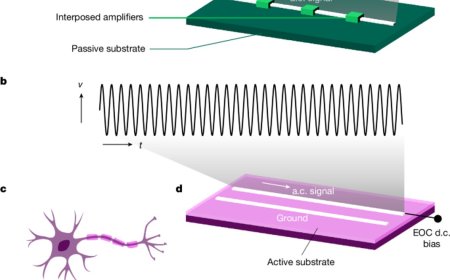Implant treats Type 1 diabetes by oxygenating insulin-producing cells
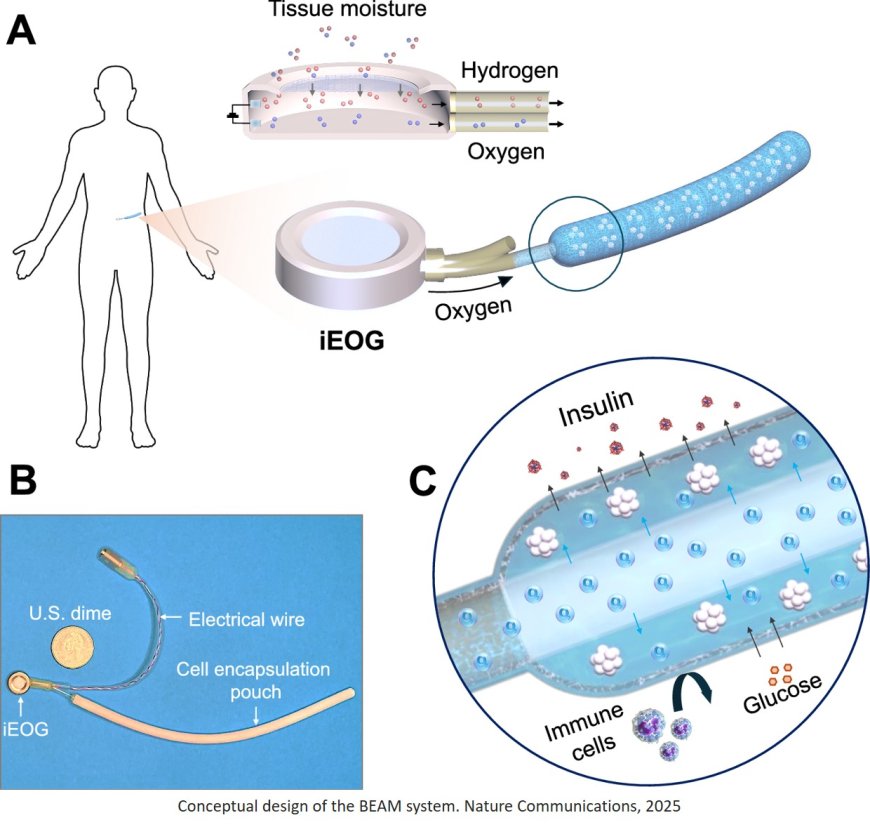
The researchers have developed an implant system that can treat Type 1 diabetes by supplying extra oxygen to densely packed insulin-secreting cells, without the need for immunosuppression. The system could also potentially provide long-term treatment for a range of chronic diseases.
The findings were published in Nature Communications.
The technology builds off previous implantable encapsulation devices developed in the lab of the paper’s senior author.
The researchers have explored a variety of ways to address Type 1 diabetes, in which the body’s immune system turns hostile and destroys insulin-producing pancreatic cell clusters, known as islets. Without insulin, the body has no way to deliver glucose – sugar – into muscle and tissue cells to generate energy. People with Type 1 diabetes typically manage the disease through daily insulin injections or insulin pumps, but even with that treatment, patients still suffer devastating effects of the disease.
The key components of the system are a cylindrical capsule with a ring-shaped cross-section that contains transplanted insulin-secreting cells, and an electrochemical oxygen generator that is roughly the size of a dime and removeable. A nanofibrous membrane outside the capsule protects the cells from the host body’s immune system; a permeable membrane in the core of the capsule allows the central supply of oxygen to reach the ring of cells.
“We have to meet two requirements,” the author said. “The first is immune protection. And second, you have to maintain mass transfer, like the glucose and other nutrients and molecules that can go in and out.”
The researchers successfully tested the system in rat models. “It’s the proof of concept. We really proved that oxygenation is important, and oxygenation will support high cell-density capsules,” the author said. “The capsules are immune protective and last for a long time without having some kind of fouling of the membrane. The body never likes when you put a foreign substance in. So that’s the engineering in the Lab, to look for materials and coatings for the materials that are immune protective, but also don’t invoke excess response from the body because of the material.”
The new system would enable a much greater number of the 2 million people who suffer from Type 1 diabetes in the U.S. to now have an islet transplant or cell therapy without requiring immune suppression, which is considered too dangerous for routine use. Also, the new system can provide much tighter sugar control, effectively curing the disease and enabling the person to eat, drink and exercise like everyone else.
https://www.nature.com/articles/s41467-025-62271-2
https://sciencemission.com/continuously-oxygenated--macroencapsulation-system
